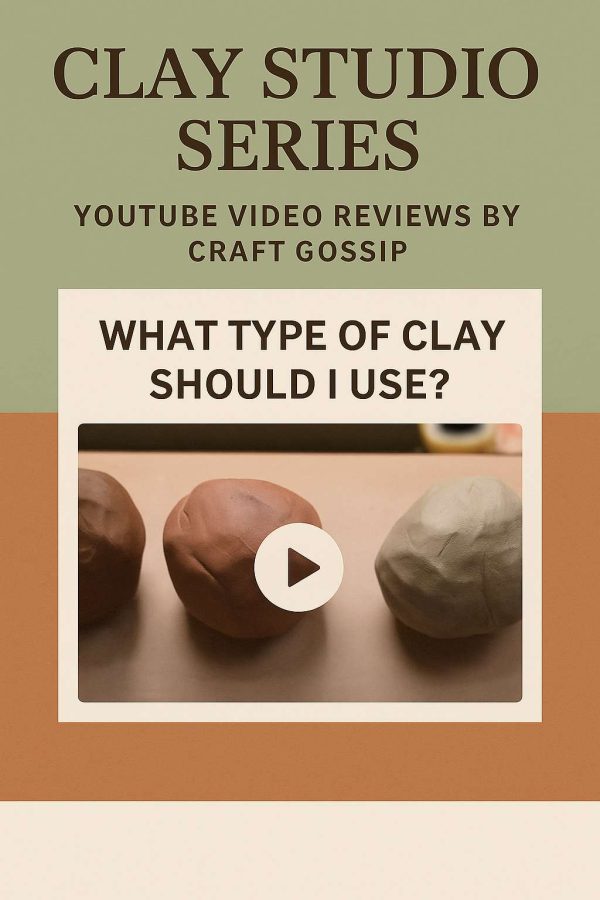Almost all of my work is done with polymer clay canes and, like a lot of other clayers, I make them to sell too. It’s always been fun for me to see what everyone else is making. I used to swap with / buy from others more but I’ve fallen out of the habit. Still, here’s some good, spring-y canes from Etsy clayers if your projects need an infusion of fun:
 Pansy Petal Canes by bisenkan |  Rose Cane Collection by Tooaquarius |  Teal and Purple Flower by ToniNZ |
 Kaleidoscope Cane by WendyBesterDesigns |  Turquoise Flower Cane by RonitGolan |  Green Kaleidoscope Cane by LaFom |
 Mandala Circle Cane by AmethystArtStudio |  Blue Flower Cane by ikandiclay |  Feather Cane by DebHartPolymerDesigns |
